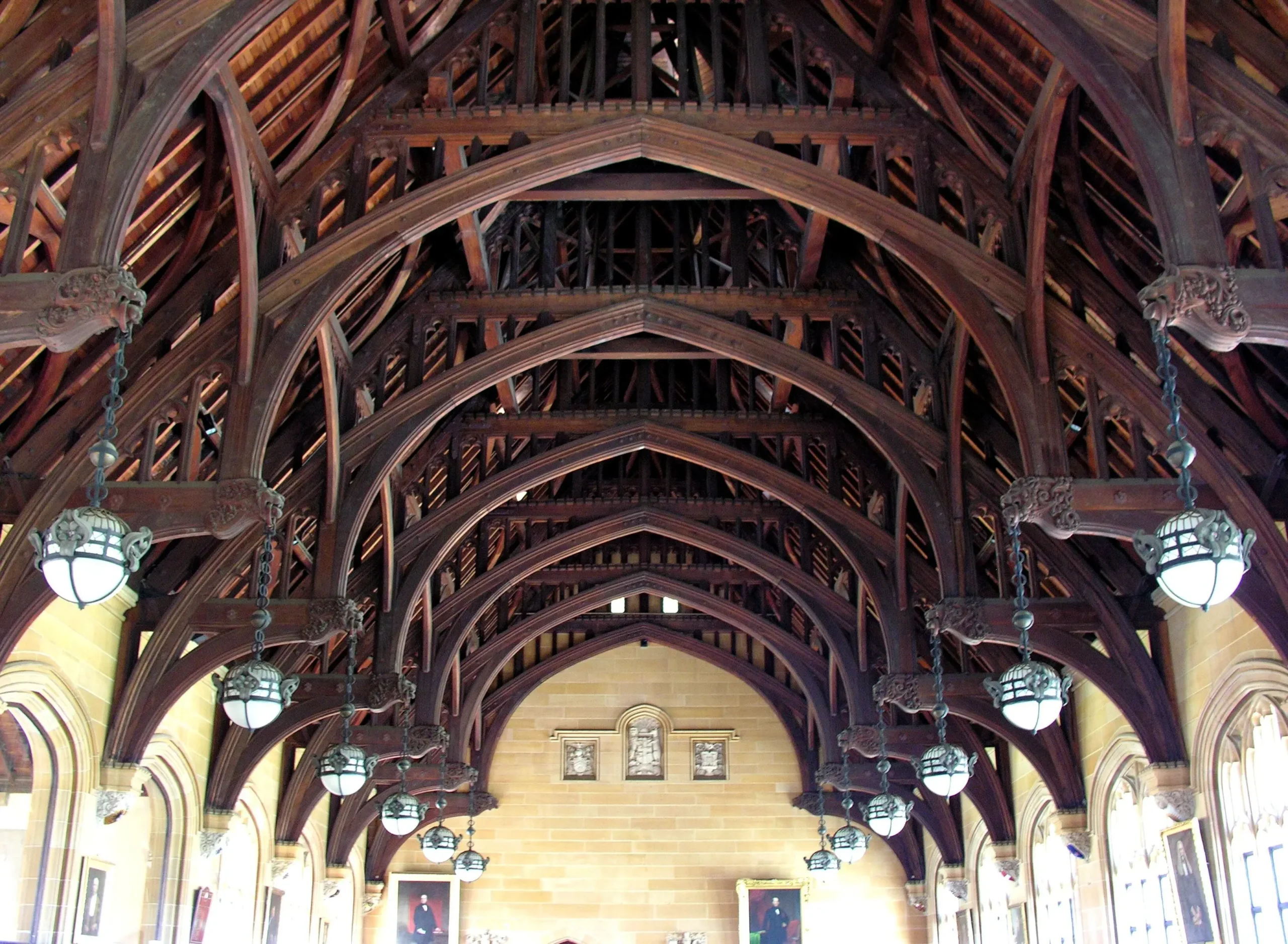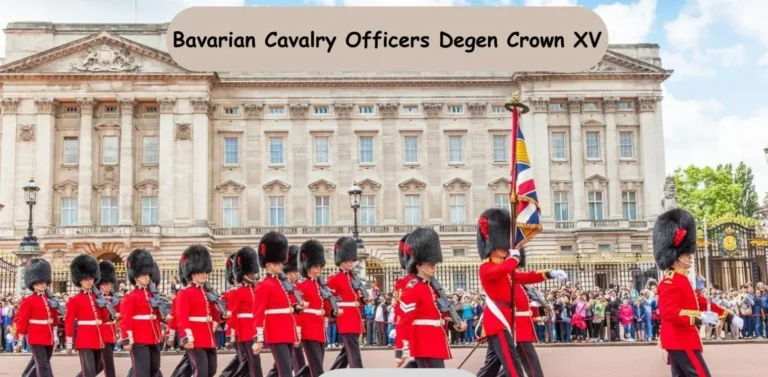Exploring the Tudor Roof Trestle: Design and Legacy
Tudor roof trestles are an iconic feature of medieval English architecture, known for their unique design and contribution to structural integrity. These trestles played a crucial role in the Tudor period, supporting heavy timber roofs that crowned historic buildings. This article delves into the design, construction, and significance of the Tudor roof trestle, exploring its evolution and relevance in modern architecture.
2. History of Tudor Roof Trestles
2.1 Medieval Timber Construction
Timber was the primary material for construction in medieval Europe. Roofs needed strong support systems to carry the heavy load of timber, and trestles became essential for balancing the forces involved.
2.2 Evolution During the Tudor Period
The Tudor period marked a significant shift in architectural design. Roofs became more elaborate, with greater emphasis on durability and visual appeal. The trestle system evolved to meet these demands, incorporating advanced joinery techniques and aesthetic enhancements.
3. What is a Tudor Roof Trestle?
3.1 Definition and Basic Structure
A Tudor roof trestle is a structural frame used to support the roof’s weight. These trestles are typically made from timber and involve an intricate network of beams, posts, and braces that distribute loads evenly across the roof.
3.2 Key Architectural Features
Tudor roof trestles are characterized by their steep pitch and ornate timber framing. The use of decorative elements like carved braces and finials made them not only functional but also aesthetically pleasing.
4. Design Principles of Tudor Roof Trestles
4.1 Load Distribution in Trestles
The design of a Tudor roof trestle ensures that the weight of the roof is evenly distributed across the supporting walls. The trestle system reduces the risk of collapse by transferring the load from the center of the roof outward.
4.2 Structural Materials Used
The main material used in Tudor roof trestles is oak, known for its strength and durability. The timbers were often hand-hewn and joined using mortise-and-tenon techniques, which provided excellent structural stability.
5. Importance of Tudor Roof Trestles in Architecture
5.1 Impact on Roof Durability
Tudor roof trestles have been key to the longevity of historic buildings. The strong timber framework has allowed many structures to withstand centuries of weathering.
5.2 Aesthetic Contributions
Apart from structural benefits, Tudor roof trestles contributed to the aesthetic appeal of buildings. The exposed timber framework often added a decorative element to interiors, enhancing the overall grandeur of the architecture.
6. Construction Techniques
6.1 Joinery Methods
Tudor roof trestles were crafted using traditional joinery methods, such as mortise and tenon joints, which required precision and skill. These techniques ensured the trestles could bear the weight of large, steep-pitched roofs.
6.2 Tools and Materials Used
Tools such as adzes, saws, and chisels were essential for shaping the timbers. The high-quality oak used in construction ensured the durability of the structures for centuries.
7. Case Studies: Famous Buildings with Tudor Roof Trestles
7.1 Hampton Court Palace
Hampton Court Palace showcases one of the most remarkable examples of Tudor roof trestle design. The grand timber roof of the Great Hall is an architectural masterpiece, demonstrating the functionality and beauty of these trestles.
7.2 King’s College Chapel
The fan-vaulted roof of King’s College Chapel in Cambridge, though a different style, relies on a trestle system to support its immense weight. The Tudor roof trestle is an underlying feature that helps maintain the chapel’s structural integrity.
8. Expert Insights on Tudor Roof Trestles
8.1 Quotes from Architects and Historians
Experts like architectural historians often highlight the ingenuity of Tudor trestle designs. One such expert, John Smith, remarks, “The Tudor roof trestle system is a brilliant example of early engineering, combining beauty with unparalleled functionality.”
9. Modern Applications of Tudor Roof Trestles
9.1 Use in Heritage Conservation
Modern architects continue to use the Tudor roof trestle system in the restoration of historical buildings. Its design allows for faithful restoration while maintaining structural integrity.
9.2 Influence on Contemporary Designs
Elements of Tudor roof trestles can be seen in contemporary timber designs, where sustainability and aesthetic considerations are of growing importance.
10. Future of Tudor Roof Trestle Design
10.1 Emerging Trends in Timber Architecture
Timber construction is experiencing a resurgence in modern architecture due to its sustainability. Tudor roof trestle designs may inspire future innovations in timber building techniques.
10.2 Sustainable Applications in Modern Buildings
With the growing focus on eco-friendly building materials, timber trestles, inspired by Tudor architecture, are being incorporated into sustainable building designs.
11. Conclusion
Tudor roof trestles are a testament to the ingenuity of historical architecture. Their blend of structural efficiency and visual appeal continues to influence modern designs. Understanding their role in architecture allows us to appreciate both their historical significance and their potential future applications.






